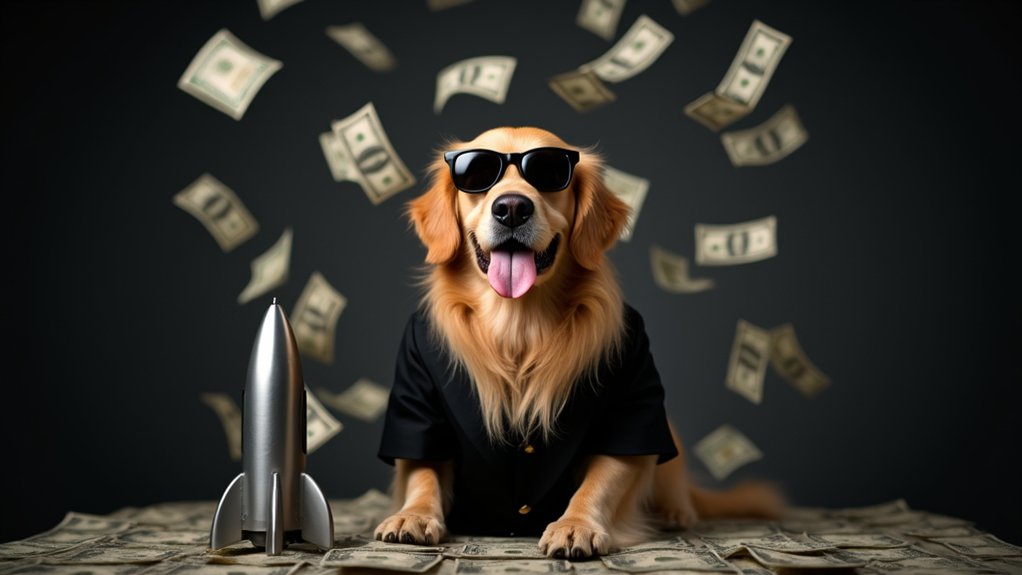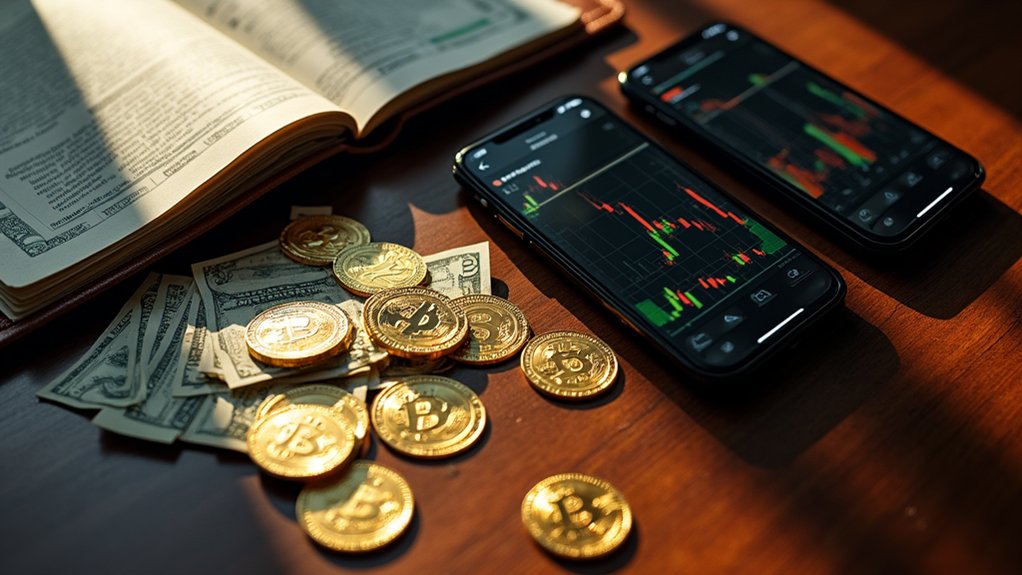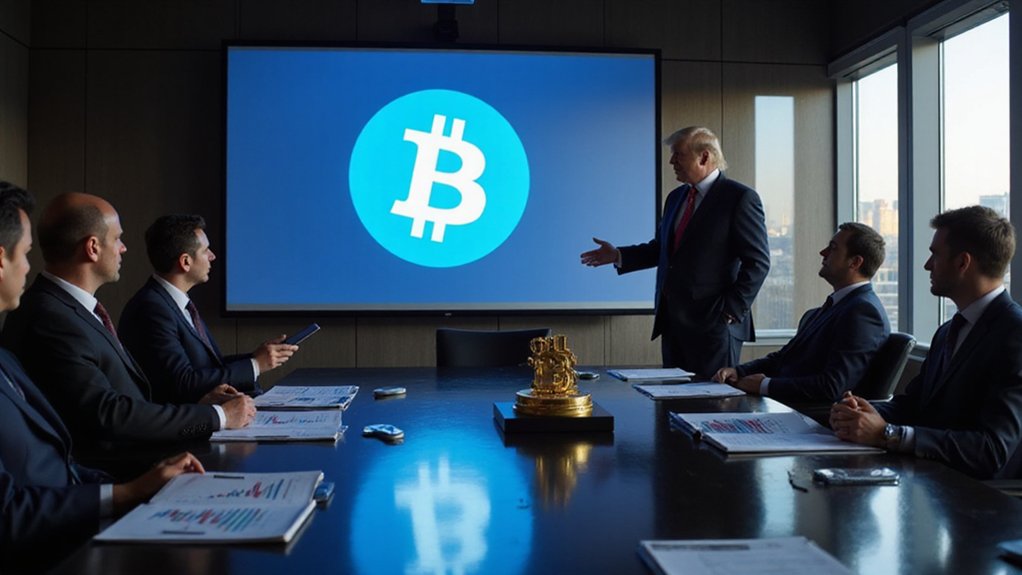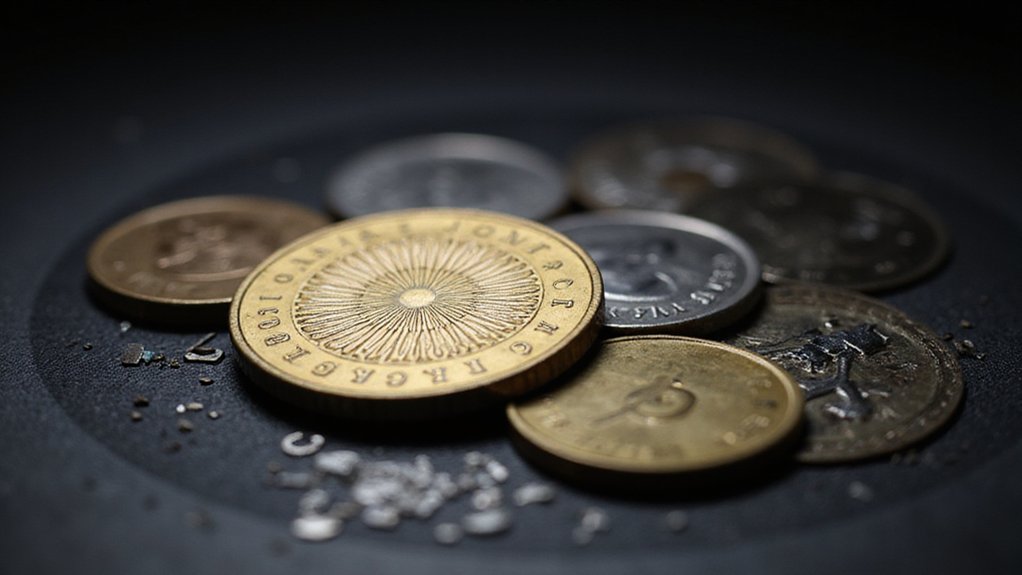While South Korea’s financial establishment once regarded cryptocurrency with the kind of wariness typically reserved for questionable street food, the nation’s banking titans are now racing to embrace digital assets with the fervor of late converts to a particularly profitable religion.
The transformation arrives courtesy of President Lee Jae-myung’s administration, which has effectively performed regulatory CPR on a crypto market previously suffocated by restrictive policies. The Financial Services Commission‘s roadmap reads like a wishlist compiled by digital asset enthusiasts: spot crypto ETFs, relaxed stablecoin restrictions, and expanded professional investor access by 2025. One might wonder what prompted such enthusiasm—perhaps the realization that capital outflows tend to accelerate when domestic financial products remain stuck in the analog era.
Shinhan, KB Kookmin, Woori, and KEB Hana have responded with characteristic institutional thoroughness, establishing dedicated digital asset teams faster than regulators can draft guidance documents. Woori Bank, demonstrating the kind of strategic resurrection typically reserved for zombie companies, has revived previously abandoned crypto projects and announced plans for a stablecoin consortium.
Korean banking giants are assembling crypto teams with the urgency of institutions suddenly aware they’ve been missing the revolution.
The irony is palpable: banks that once viewed blockchain technology as slightly more legitimate than alchemy are now positioning themselves as cryptocurrency pioneers.
The regulatory framework emerging from the FSC’s Virtual Assets Division represents a carefully orchestrated balance between innovation and compliance—a diplomatic tightrope walk designed to attract international capital while maintaining anti-money laundering standards. Clear regulatory frameworks typically boost cryptocurrency prices, providing additional incentive for institutional participation in these emerging markets. Foreign professional investors, institutional funds, and high-net-worth individuals will soon discover access to Korean crypto markets, bringing the kind of liquidity that transforms speculative playgrounds into legitimate asset classes. The Korea Exchange is simultaneously considering extending trading hours from the current 6.5 hours to a full 12-hour daily schedule to accommodate this institutional appetite.
This institutional embrace extends beyond mere market participation. Banks are developing custody solutions, derivatives products, and blockchain partnerships with the methodical precision of organizations that have suddenly realized they might have been spectators at their own disruption.
The consortium approach to stablecoin development suggests Korean financial institutions have learned valuable lessons about collaborative innovation—namely, that shared risk often produces superior outcomes than solitary ventures into uncharted regulatory territory.
The ultimate objective appears straightforward: positioning South Korea as Asia’s premier digital asset governance hub while modernizing a financial sector increasingly pressured by both institutional and retail demand.









